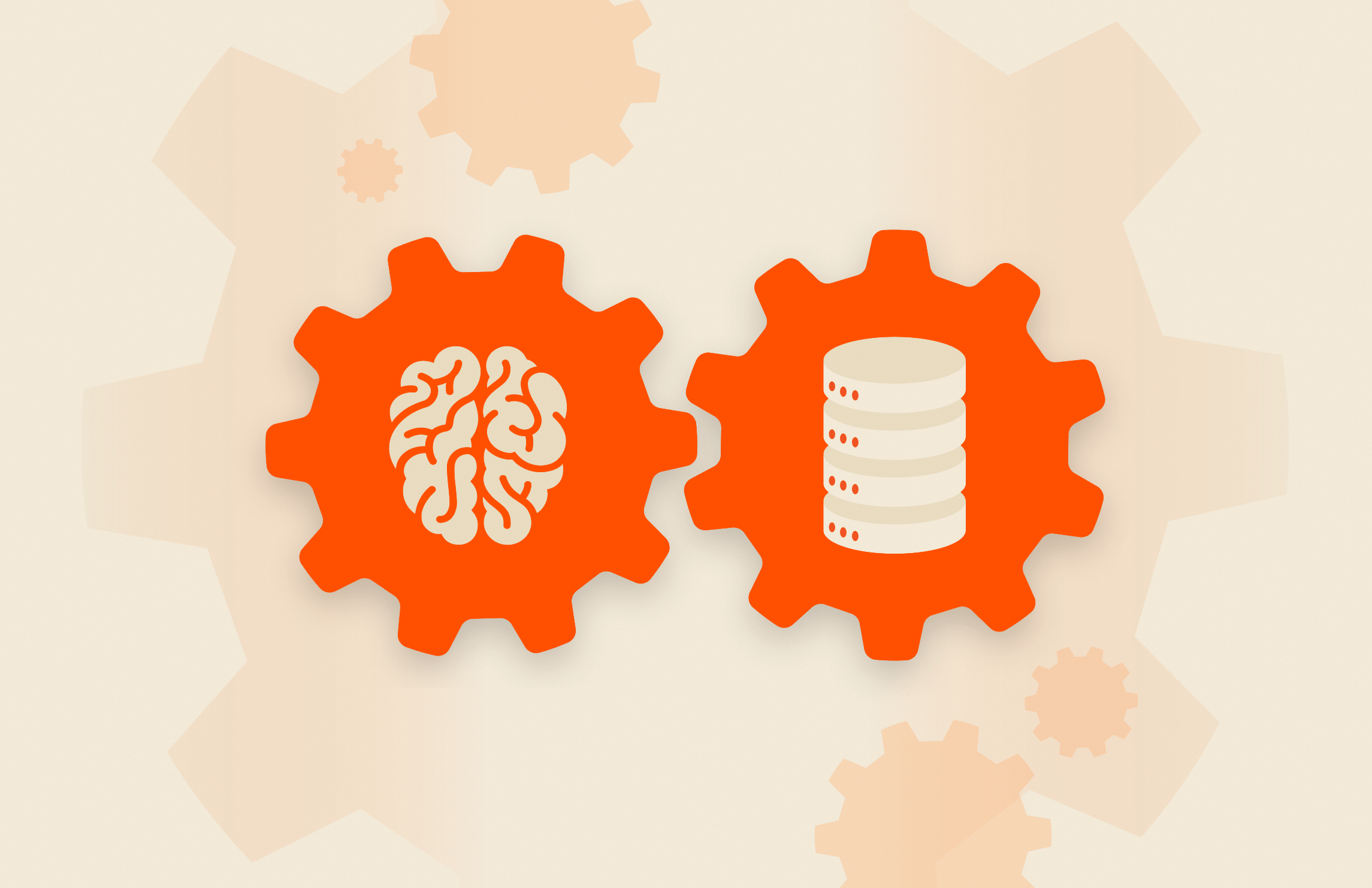Summary
At Futurum’s recent AI Data Infrastructure Field Day event, Pure Storage experts shared their expertise and insights on how FlashBlade can help solve data silo problems and deliver the performance required for AI.
Whether it’s training advanced models, running high-speed inferences, or enabling retrieval-augmented generation (RAG), one truth stands out: AI’s success depends on a strong and scalable data infrastructure. So what do IT decision makers and infrastructure owners need to know to simplify and accelerate AI adoption?
Futurum hosted its first AI Data Infrastructure Field Day in October, and Pure Storage experts were invited to share their expertise and insights at the event. If you couldn’t attend, we’ve linked the three-part series of on-demand webinars below.
Session 1: How to Get Performance and Scale for AI Workloads
In the first session, Hari Kannan, Lead Principal Technologist at Pure Storage, shares how FlashBlade® powered by DirectFlash® technology adds exceptional value as a scale-out storage solution. Dig into hardware design and the Pure Storage architecture ethos to learn how FlashBlade’s massively parallel data architecture and multi-dimensional performance can ensure minimal latency and high bandwidth to accelerate model training and reduce time to results for AI workloads.
It’s all possible thanks to DirectFlash Modules (DFMs), which underpin all Pure Storage technology. Instead of using commodity SSDs, our own SSD-equivalent modules enable huge power and space efficiencies by avoiding the bottlenecks of SSD controllers. Pure Storage DFMs also minimize the number of failures, reduce over-provisioning typical of SSDs or hard drives, and keep your GPUs fed longer. That’s critical when deploying AI applications at scale, as some AI farms use hundreds of thousands of terabytes of storage.
Session 2: FlashBlade Internals: How a Distributed Architecture Enables AI Performance
AI has become mainstream technology, and because of that, all data infrastructure should be AI-ready. From any perspective, better data means better AI. The technical challenge is removing barriers to having your data with the AI infrastructure that’s capable of processing it all in one place.
In the second session, Boris Feigin, a Technical Director on the FlashBlade team, goes under the hood to share how a distributed architecture can solve this. Distributed storage systems optimize access to structured and unstructured data, while compute resources can scale horizontally to meet AI demands. FlashBlade enables greater AI performance by allowing data and computation to be spread across multiple nodes, improving speed, scalability, and fault tolerance.
You’ll also learn how Purity, the software stack for FlashBlade, provides the building blocks and core architectural engine that enable it to shine in modern AI environments across many use cases.
Keep in mind that you might have an excellent RAG setup, but if it doesn’t comply with your organization’s policies around data security, governance, and compliance guidelines, you might as well not use it at all. In the rapidly evolving field of generative AI, a high-quality user experience requires predictable and reliable performance for a wide range of workloads and scenarios. Reliability is equally important.
Session 3: Get Practical Insights from Real-world Use Cases
Scaling AI workloads—including large language models (LLMs), RAG pipelines, and computer vision applications—introduces practical challenges that extend far beyond storage capabilities. To bring these to light and share real-world results, in this third session, Senior AI Solutions Architect Robert Alvarez shares the practical applications of AI he’s tested over years of being a practicing data scientist.
Alvarez notes that while not all businesses embarking on AI are building an AI research supercluster, even smaller AI deployments can struggle if storage isn’t considered from the get-go. Building storage infrastructures to support complex AI pipelines must address storage bottlenecks and optimize systems to ensure seamless AI operations at an enterprise level.
You’ll see how AI-augmented CT segmentation for hospitals processes hundreds or thousands of images, tracking organ detection, tumors, and more. In this use case, FlashBlade can deliver up to 40% faster inference times compared to direct-attached storage with consistency and reliability—as well as offloading data from the GPU faster to reduce the number of idle cycles. Of course, shared external storage provides a lot more benefit versus direct-attached storage in terms of enterprise features that data scientists can leverage, including shared data sources, data compression, snapshots, greater data availability, data protection, and even ransomware protection.
Another common use case is RAG-powered LLMs. You’ll learn how using a vector database can expand your data needs compared to a traditional relational database, which reduces data. The FlashBlade architecture supports fast access to vast data sets and vector embedding, crucial for effective LLM-powered applications. In this way, you can maintain performance while handling extensive unstructured data.
Future-proofing Your AI Data Infrastructure
With the Pure Storage platform, organizations can maximize performance and efficiency of AI workflows, unify data, simplify data storage management, and take advantage of a scalable AI data infrastructure.
An essential cornerstone to it is FlashBlade, a powerful scale-out storage solution specifically designed to meet the unique demands of AI workloads. FlashBlade solves the data silo problem and makes life easier for AI engineers, data analysts, and engineers who see one storage space—reducing data copies and enabling you to effectively serve multiple users in an AI pipeline.
Watch our three-part, on-demand webinar series as we take a deep dive into FlashBlade and DirectFlash, how a distributed architecture helps you, and practical insights into what this technology can do for your business.

ANALYST REPORT,
Top Storage Recommendations
to Support Generative AI
Accelerate AI
Unlock the full potential of AI initiatives with the Pure Storage platform.
![]()







